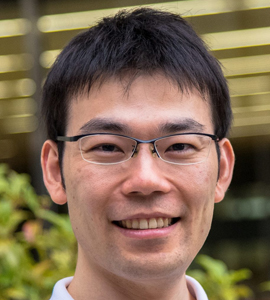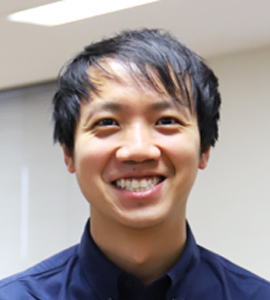ACM ISS'18 International Workshop on
Computational Augmented Reality Displays
Computational display is an emerging concept of display technology, defined as the joint design of hardware and display optics with computational algorithms and perceptual considerations.
Researchers in various fields such as optics, computer graphics, virtual reality (VR) and augmented reality (AR)
are actively worked on this topic and overcoming technical limitations of existing displays. Although these new technologies are
promising to push interactive surfaces and spaces (ISS) research forward, interactions between researchers in the different communities were
unfortunately not so active at the moment. The goal of this workshop is to bridge the communities by promoting the communications each other.
This workshop focuses particularly on computational AR displays, which we believe are closely related to the ISS community.
They include (but not limited to) light field display, head-mounted display, optical see-through display, and projection display.
For example, projection mapping turns immediate real world surfaces into interactive surfaces, and head mounted see-through displays make real spaces interactive.
On top of that, the workshop also covers recent computational fabrication research that provides new display materials such as the color-changing materials (photochromism)
that adding the functional on a regular 3D object. As proven in the history, the ISS community could invent novel interaction techniques based on emerging AR displays.
At the same time, these new interaction techniques could inspire display researchers to develop more advanced and useful display principles.
Such tightly coupled positive feedback loop will powerfully drive both research domains.
The workshop will provide a supportive environment to share the state-of-the-art technologies among the attendees.
We invite researchers and visionaries to submit their latest results on any aspects that are relevant for computational AR displays and as well as novel interaction technologies.
Contributions of more fundamental work (e.g., perceptual studies and empirical research about displays) are welcome as well as more technical contributions (including best-practice demonstrations,
prototype systems, etc.).
Position papers and reviews of the state-of-the art and ongoing research are invited, too. Topic areas include (but not limited to):
Preparing the submission
All submissions must include an extended abstract with a maximum of 6 pages (incl. all figures and references) in the
2014 SIGCHI Extended Abstracts format.
The reviewing of abstracts will be single-blind -- that is, your submission should *not* be anonymized but reviewers will remain anonymous to you.
All submissions must include author names and affiliations.
Authors are recommended to submit their supplementary videos (up to 3 minutes, at most 50 MB in size).
The current submission system does not allow to directly upload the video files.
Please upload the videos on external servers such as Dropbox and indicate their URLs in the extended abstracts.
The accepted extended abstract will be published in the ACM Digital Library.
Your extended abstract, poster design and optional video should be submitted by September 7, 2018 to the submission system.
The abstract must be in a PDF format.
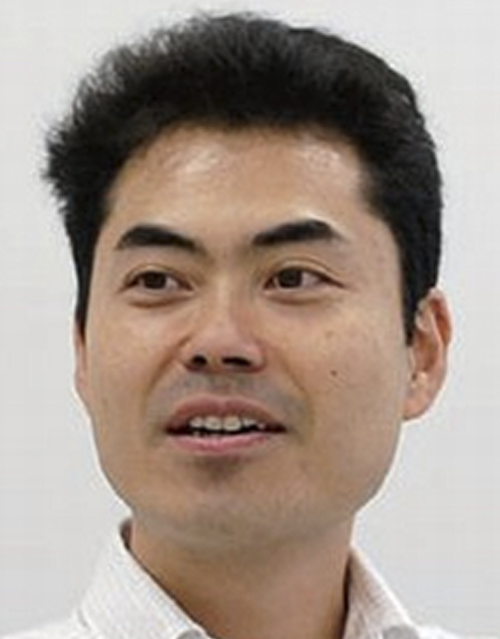

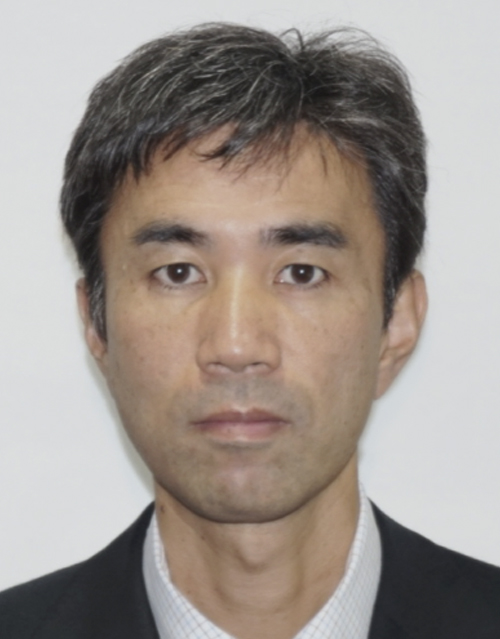
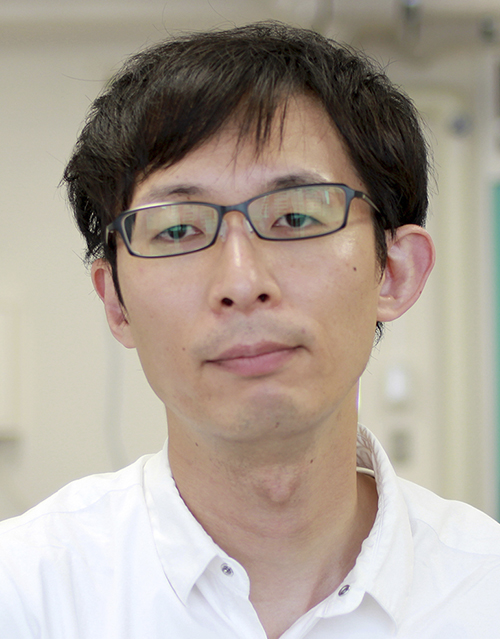
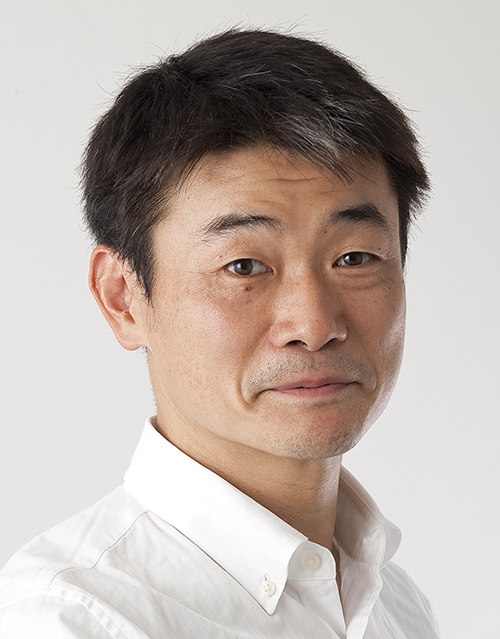
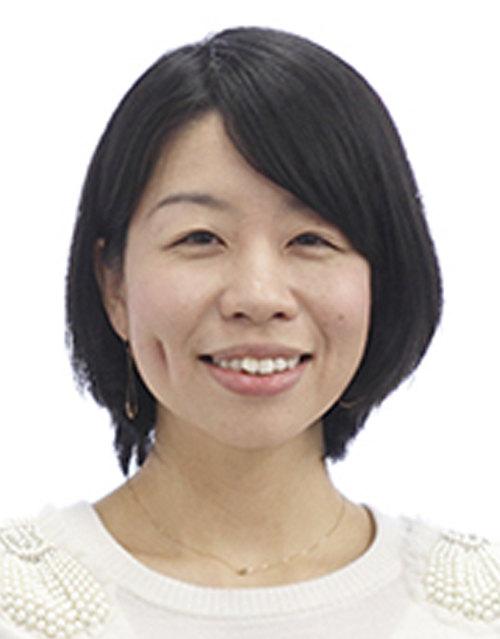
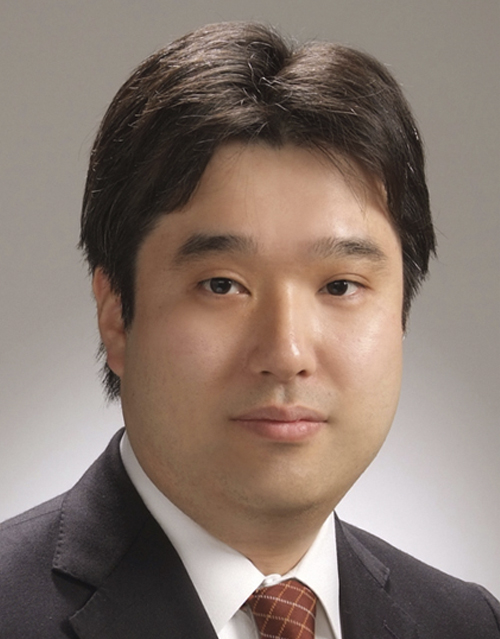
The workshop will be held at the Nomura Conference Plaza Nihonbashi in central Tokyo, Japan. Located in Nihonbashi, the commercial heart of Edo — Tokyo's former name in its bygone feudal days — the surrounding area has been the scenery of countless Ukiyo-e prints and is now a bustling center of business and culture. With Akihabara to the north, Ginza to the south, and the Imperial Palace to the west, the area is within short distances to a number of sightseeing spots as well.

